Government Initiatives and Funding
Government initiatives play a crucial role in shaping the Education Computing Device Market. Various governments are implementing policies aimed at increasing access to technology in educational settings. For instance, funding programs are being established to provide schools with the necessary resources to acquire computing devices. Recent statistics suggest that public funding for educational technology has increased by over 15% in the last year alone. This financial support enables institutions to purchase devices that meet the diverse needs of students, thereby promoting digital literacy and equitable access to education. As a result, the market is likely to witness a steady influx of new devices tailored for educational purposes, further driving growth in this sector.
Shift Towards Sustainable Technology
The Education Computing Device Market is increasingly influenced by a shift towards sustainable technology. As environmental concerns gain prominence, educational institutions are seeking computing devices that are energy-efficient and made from sustainable materials. This trend is reflected in the growing market for eco-friendly devices, which is expected to expand by approximately 12% annually over the next five years. Schools and universities are prioritizing sustainability in their purchasing decisions, recognizing the importance of reducing their carbon footprint. Consequently, manufacturers are innovating to create devices that not only meet educational needs but also align with sustainability goals. This focus on eco-conscious technology is likely to shape the future landscape of the Education Computing Device Market.
Advancements in Educational Technology
The Education Computing Device Market is significantly influenced by advancements in educational technology. Innovations such as interactive software, virtual reality, and augmented reality are transforming traditional learning environments. These technologies require compatible computing devices that can support their functionalities. Market analysis indicates that the demand for devices capable of running advanced educational applications is on the rise, with projections suggesting a 20% increase in sales of high-performance tablets and laptops over the next three years. This shift reflects a growing recognition of the importance of engaging and interactive learning experiences, which are facilitated by cutting-edge technology. Consequently, manufacturers are compelled to innovate continuously to meet the evolving demands of educators and students alike.
Increased Emphasis on Digital Literacy
The Education Computing Device Market is witnessing an increased emphasis on digital literacy as a fundamental skill for students. Educational institutions are recognizing the necessity of equipping students with the skills required to navigate a technology-driven world. As a result, there is a growing demand for devices that not only serve educational purposes but also enhance digital competencies. Recent surveys indicate that over 70% of educators believe that integrating technology into the curriculum is essential for preparing students for future careers. This trend is likely to drive the market for computing devices, as schools seek to provide students with tools that foster digital skills, critical thinking, and creativity. Manufacturers are responding by developing devices that are user-friendly and conducive to learning.
Rising Demand for Remote Learning Solutions
The Education Computing Device Market experiences a notable surge in demand for remote learning solutions. As educational institutions increasingly adopt hybrid and online learning models, the need for reliable computing devices becomes paramount. According to recent data, the market for laptops and tablets designed for educational purposes is projected to grow at a compound annual growth rate of approximately 10% over the next five years. This trend indicates that schools and universities are investing in technology that facilitates distance education, ensuring that students have access to necessary resources regardless of their location. Consequently, manufacturers are focusing on developing devices that are not only affordable but also equipped with features that enhance the learning experience, such as long battery life and robust connectivity options.

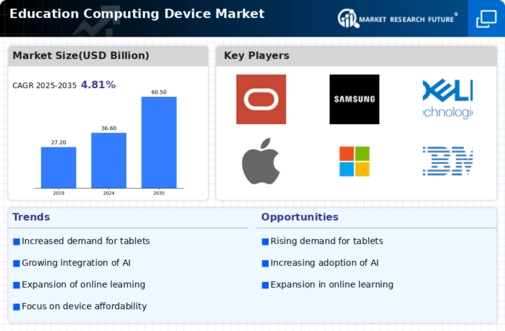
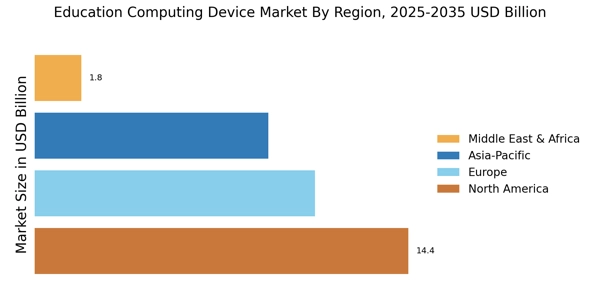


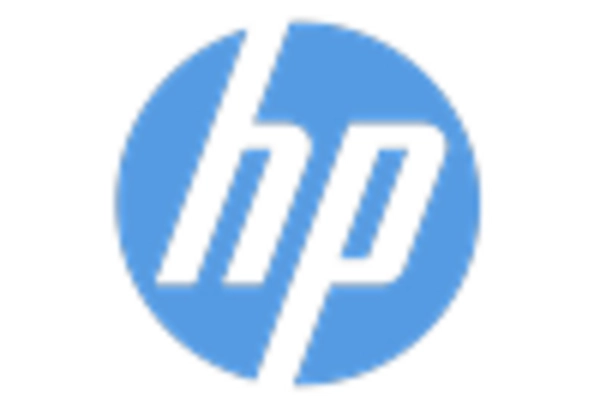
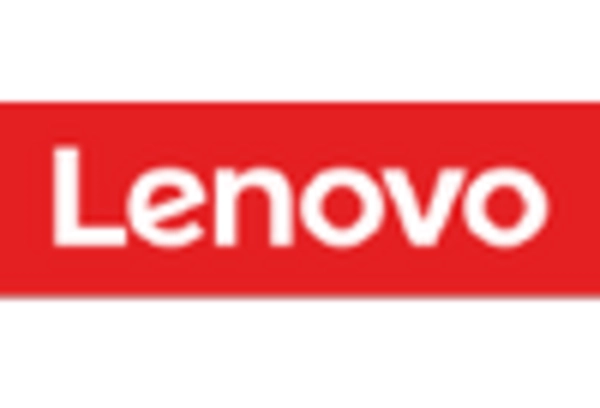

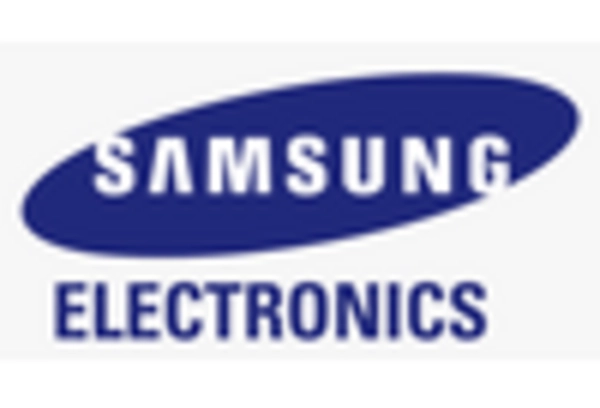








Leave a Comment